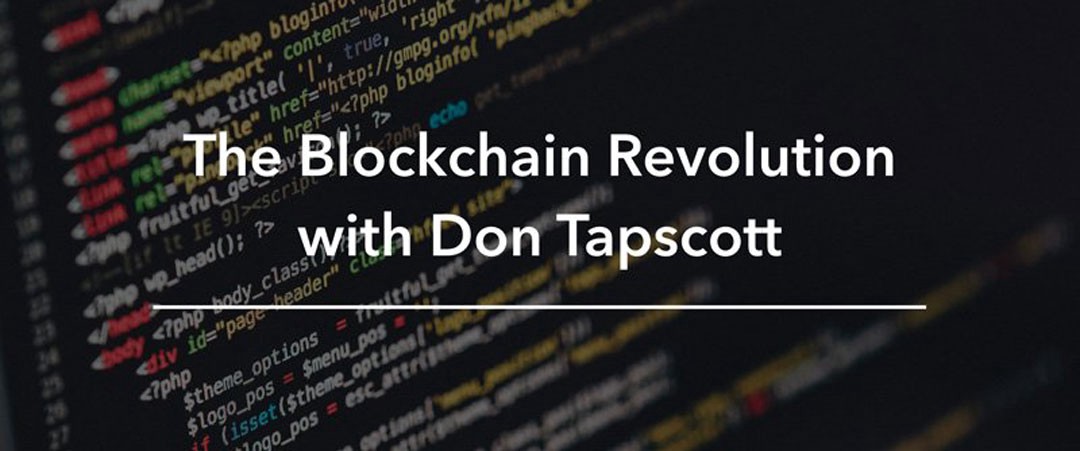Whether you are aware of it or not, the blockchain revolution has been sweeping the globe. Its ability to offer peer-to-peer exchange of value is a boon for consumers, businesses and governments alike. But it comes with its share of pitfalls. Here are some of the key considerations to keep in mind. Blockchain Revolution: How The Technology Behind Bitcoin is Changing Money, Business, and The world.
Also Read: australia ndis gets app with blockchain
Governance issues
The advent of the blockchain has revolutionized many sectors. From government data storage to storing and sharing assets, this technology has changed the way we do things. However, a new set of issues has emerged as a result. In particular, the immutability of data recorded on a blockchain may be an issue.
For example, how can you be sure that the data you record is not being tampered with? This issue is especially pertinent for government institutions, which have large amounts of sensitive data. Fortunately, a solution exists in the form of digital platforms that can provide a means of auditing the authenticity of transactions. These platforms also allow governments to reduce the costs involved in creating new marketplaces.
There is a growing body of research on the underlying technical and social mechanisms of this technology. In addition, the impact of the technology on the economy has been studied. One such study explored the use of cryptocurrencies in Central Asia. Another explored the use of a specialized type of cryptographic currency in Sweden.
While the blockchain has been credited with many new and improved functions, the best practices associated with its development are still under study. Specifically, what constitutes a good governance model for a new digital asset? What are the legal and technological constraints that must be met to ensure the success of such a project?
There are several important lessons to be learned from the evolution of this technology. First, although the technology itself is a marvel of modern engineering, it is hardly a trust-free environment. Furthermore, while the underlying blockchain system is a distributed network of actors, some actors may have more power over others. Hence, some of the more exciting and useful uses for a blockchain may turn out to be more difficult to achieve than others. Nevertheless, the best practices outlined in this paper will serve as a guideline for ensuring the long-term success of this revolutionary technology.
Finally, while the blockchain may be the octave to the usual trusty old general ledger, the best practice is to beware of relying on the system to do all the heavy lifting. Specifically, governments should develop their own applications on the underlying technology, while monitoring the use of such innovations.
Peer-to-peer exchange of value
When we talk about the Blockchain revolution, we are talking about peer-to-peer exchange of value. This might be the most important application of the technology. However, many people have questioned its true value.
One of the earliest applications of blockchain was Bitcoin. The technology was developed by Satoshi Nakamoto as a way to create a digital form of money without a bank. It was launched during the 2009 global financial crisis.
Other examples of applications of the technology include venture funding and digital rights management. A blockchain is a distributed software network that records and confirms transactions between two or more parties. Each computer in the network stores a copy of the blockchain.
In addition to confirming a transaction, a blockchain can also execute business logic via Smart Contracts. These contracts can automate payment and asset transfer processes. They have been used in banking and venture funding.
Another example of a blockchain-powered application is the Industrial IoT. This is a new technology that will have a profound impact on manufacturing and service industries, and billions of connected devices will be deployed in homes and businesses in the coming years.
In short, the blockchain can record virtually anything of value, and it can do it reliably. It can be used to run a decentralized marketplace or even perform essential functions of a notary. Unlike the centralized record-keeping protocols of the past, it can be distributed and open to the public.
Whether it’s a tamper-proof ledger, a system to record the transactional and financial activity of a community or an engine of a global Internet of Value, the Blockchain has the potential to transform the way we do business.
It can also help to improve our ability to detect fraud. Increasing transparency in trade workflows could make it easier to detect suspicious or fraudulent activity. Additionally, it is a good idea to not get too complacent with the new technology.
Although it is still too early to determine the full potential of the Blockchain, it will have an impact on all aspects of the economy. The technology will not only reduce the cost of transactions, but it will make it possible for people to interact directly with one another.
Potential pitfalls
While blockchain technology has the potential to disrupt a number of industries, there are some risks and pitfalls to watch out for. These include governance issues and lack of incentives.
The international financial system is built on trust between transacting parties. But blockchain technology may reduce the need for intermediaries. It can eliminate centralized authorities and facilitate faster near-real-time transactions.
Blockchain can also provide a higher level of security from hackers. This can be achieved by ensuring that all members of the system contribute to the integrity of the database. And, by eliminating a single point of failure, it can dramatically reduce transaction costs.
There are many pilot projects experimenting with the use of blockchain in healthcare. For example, a pharmaceutical supply chain is using it to improve asset provenance, and a health information exchange is utilizing the technology to fight prescription drug fraud. However, there are also many challenges that should be considered, such as the size and nature of clinical data and patient identity security.
A study from the IBM Institute for Business Value predicts that the disruptive impact of blockchain on healthcare could be significant. Specifically, it could boost inclusion, improve compliance, and enhance sustainability. In addition, it could provide a new model of trust.
Currently, a majority of global computing is performed on centralized cloud infrastructures. Eventually, these systems will be replaced by distributed networks of computers. During this time, business models will need to change to accommodate the new technology.
As with other technologies, the blockchain community is still in its infancy. However, many national standards bodies are currently working on developing open standards to implement blockchain. Some examples include the National Institute of Standards and Technology, the European Committee for Electrotechnical Standardization, and the Organization for the Advancement of Structured Information Standards.
One of the largest potential pitfalls of the blockchain revolution is the potential for a 51% attack. This occurs when there is a smaller group of honest participants than malicious ones. Similarly, a large number of dominant players in the supply chain can potentially dictate how others interact with them.
Resources to learn more
Whether you are looking for a practical guide to this burgeoning technology, or just want to learn more about the technology behind it, there are several resources available. Some of these include DLT (distributed ledger technology), Ethereum, and Bitcoin. There are even short courses and podcasts. These will give you an idea of what this technology can do for you.
For example, IBM has partnered with Walmart to build a pilot project to protect the food supply chain. The blockchain will give you more control over your data and medical records. Moreover, the government is using this technology to share health provider registries. In a similar fashion, state governments have begun using this technology to register land titles. This is just a small example of how many industries are looking to the technology.
It is also worth noting that the technology is growing at an astounding rate. As a result, it is necessary to acquire a technical understanding of this new technology. You can do this by investing in a learning resource or two. Among the most popular resources are DLT, Ethereum, and Bitcoin.
Another great book to read is Blockchain Revolution. Written by Don Tapscott, who has authored 16 books, this book discusses the technology from a business perspective. The book has been translated into over 25 languages. Since the technology is so widely used, it is essential that you understand how it works. While the technology is still young, it is already causing disruption in several industries.
Similarly, a paperback version of this book is available for you to read. The book was recently revised to include new material. Regardless of which of these books you decide to read, the knowledge you gain from it is sure to improve your understanding of the technology and its impact on business.


